 |
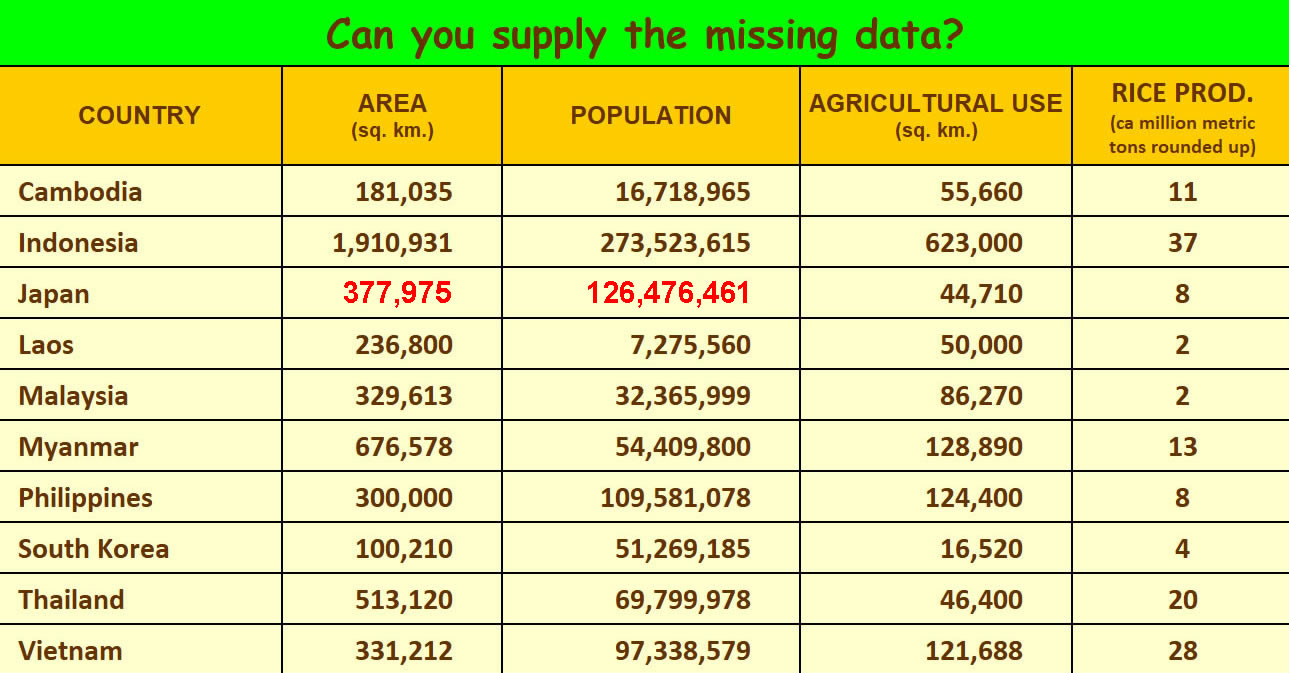 |
|
 |
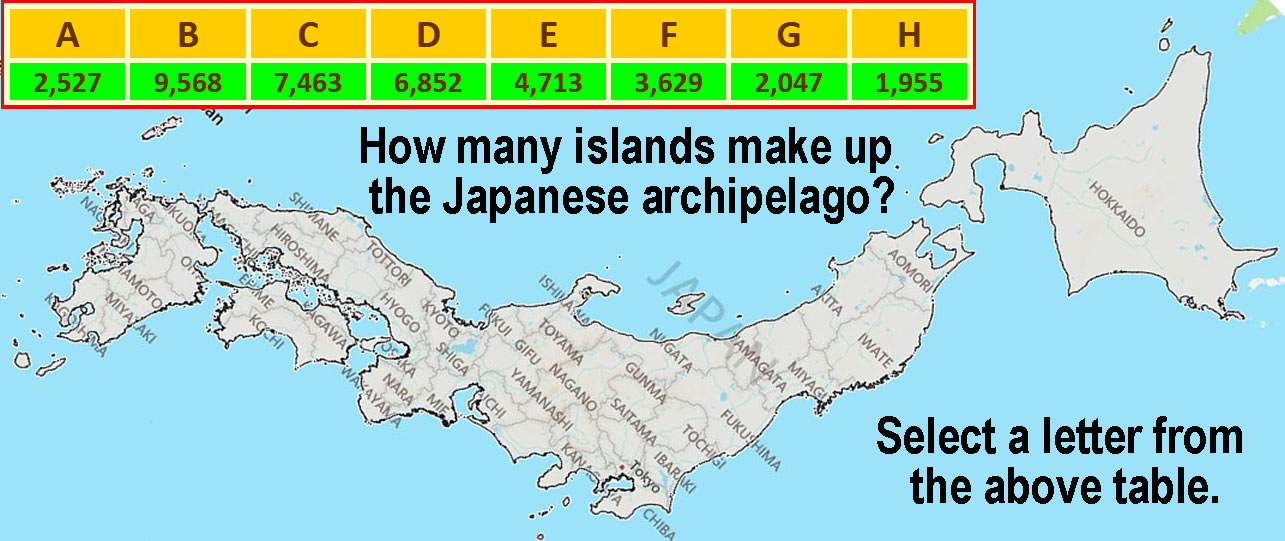
|
6,582: The Japanese archipelago (Japanese: 日本列島, Nihon rettō) is a group of 6,852 islands that form the country of Japan as well as the Russian island of Sakhalin. It extends over 3,000 km (1,900 mi) from the Sea of Okhotsk in the northwest to the East China and Philippine Seas in the southwest along the Pacific Ocean coast of the Eurasian continent, and consists of four island arcs from north to south: the Sakhalin Island Arc, the Northeastern and Southwestern Japan Arcs, and the Ryukyu Island Arc. The Kuril Island Arc, the Daitō Islands, and the Nanpō Islands are not parts of the archipelago. Japan is the largest island country in East Asia and the fourth-largest island country in the world with 377,975.24 km2 (145,937.06 sq mi). It has an exclusive economic zone of 4,470,000 km2. The term mainland Japan is used to distinguish the mainland from the remote islands. It is used when referring to the main islands of Hokkaido, Honshu, Kyushu, Shikoku and Okinawa. It included Karafuto Prefecture (Sakhalin) until the end of World War II. The term Home Islands was used at the end of World War II to define the area of Japan to which its sovereignty and the constitutional rule of the emperor would be restricted. The term is also commonly used today to distinguish the archipelago from Japan's colonies and other territories. |
 |
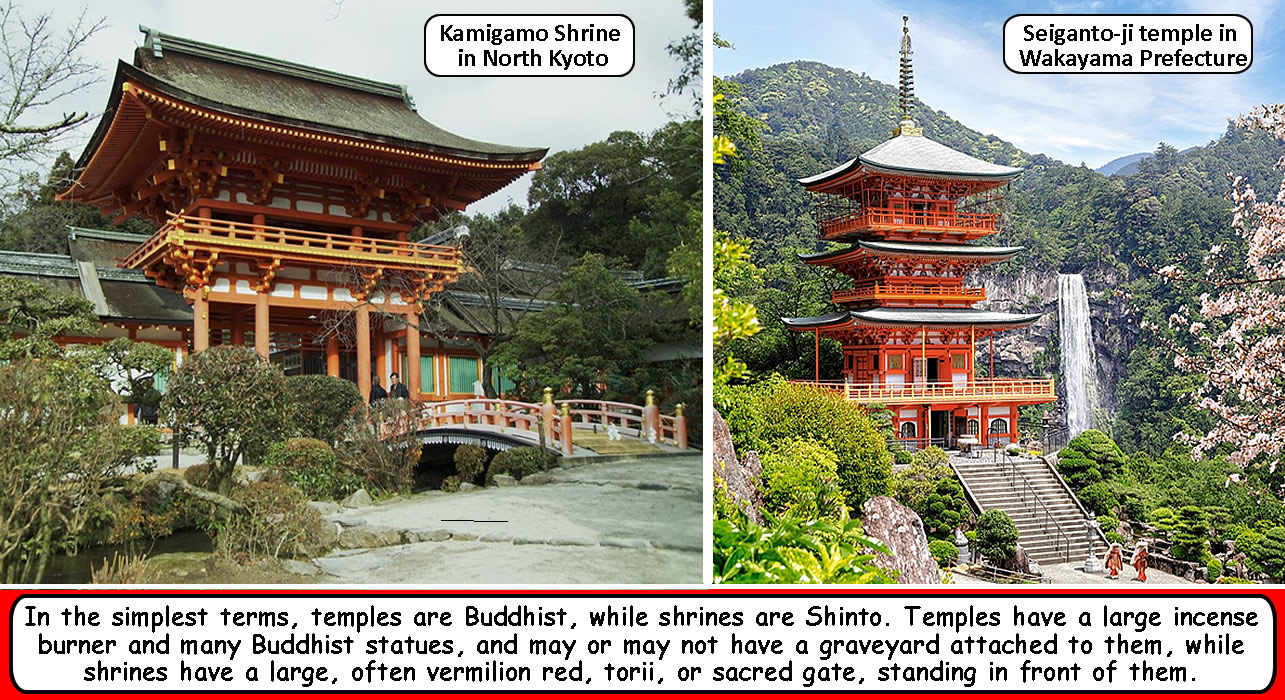 |
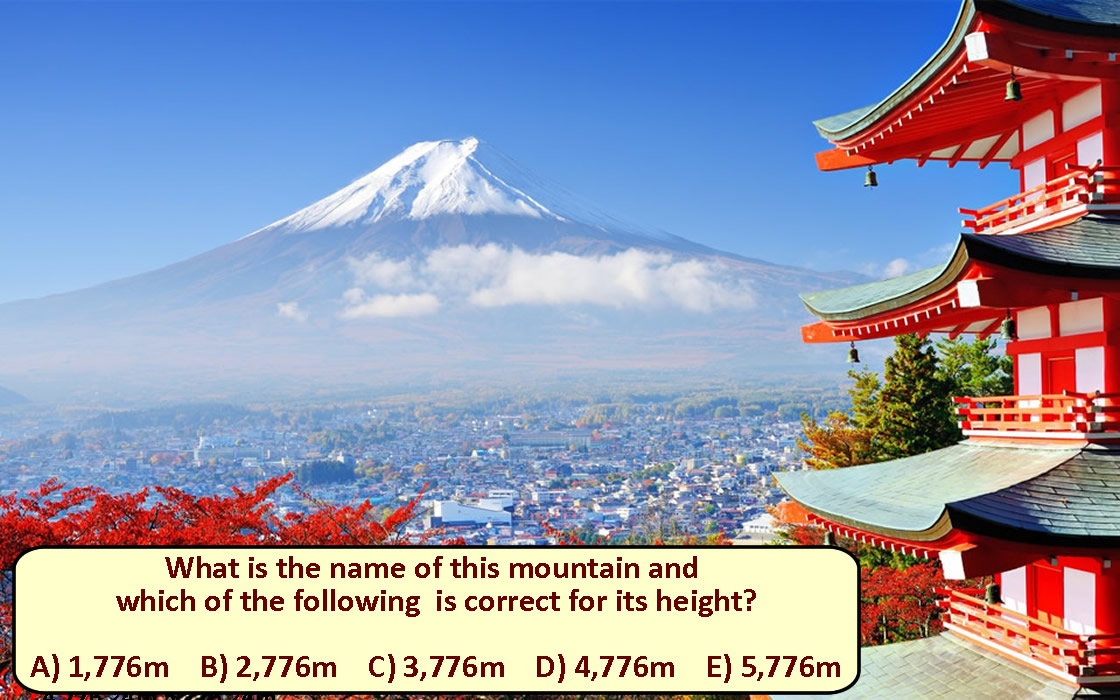 |
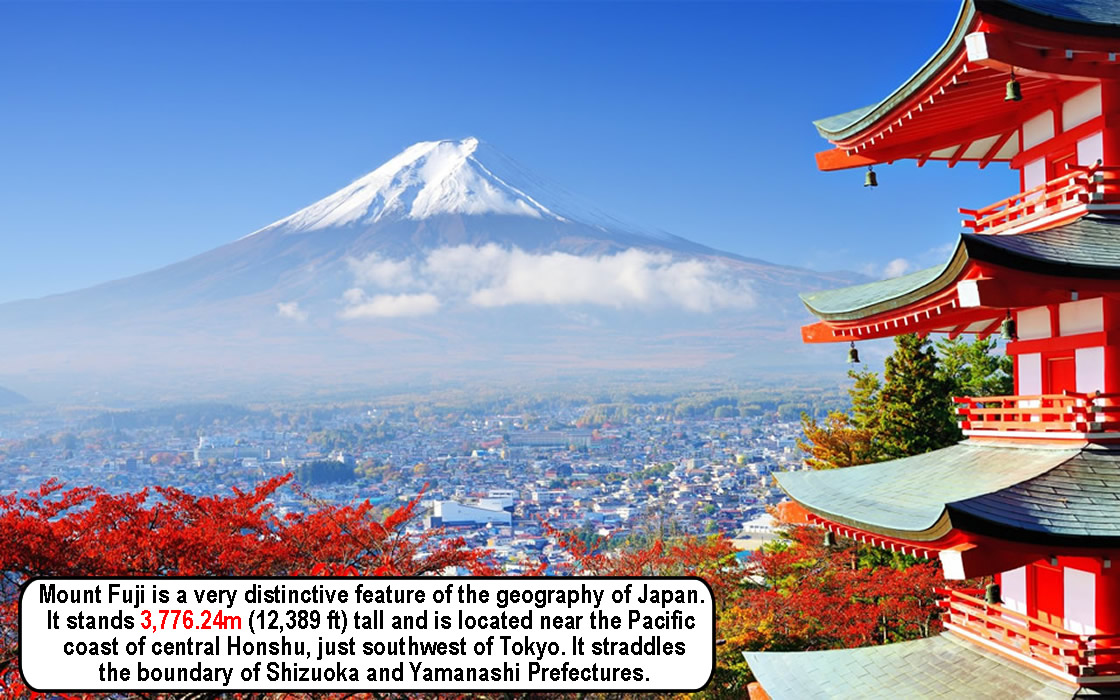 |
 |
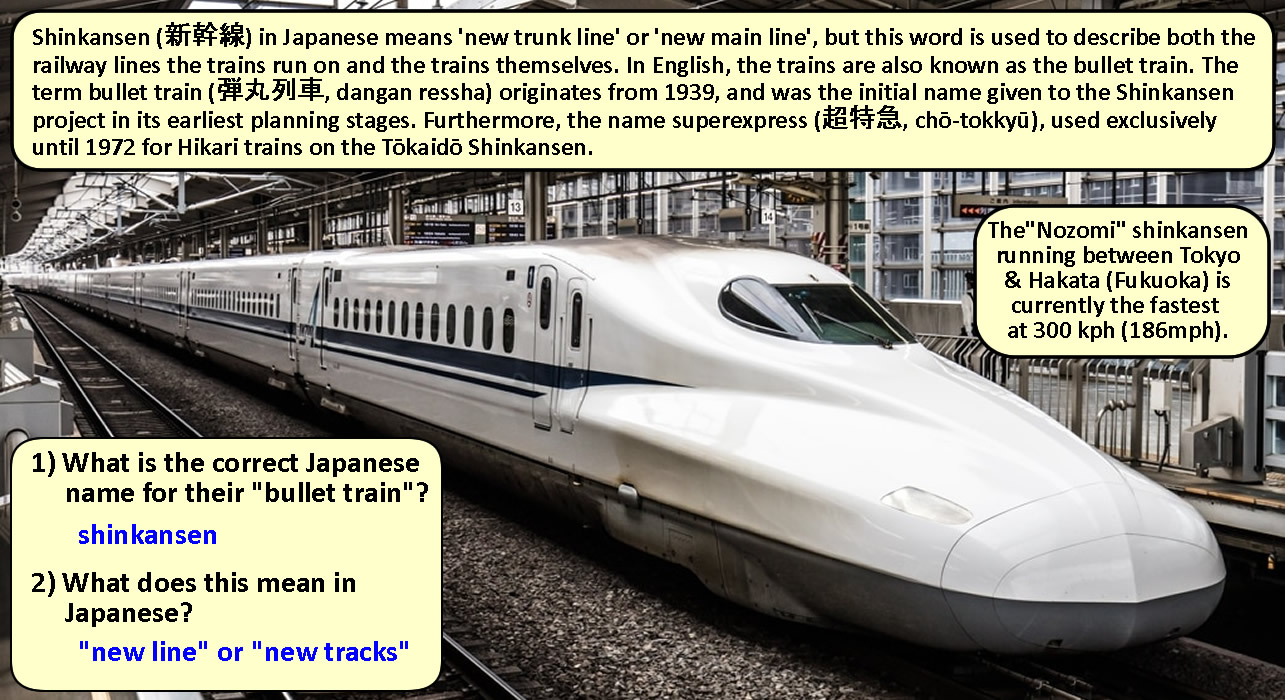 |
|
The Great Kantō earthquake (関東大地震, Kantō dai-jishin) struck the Kantō Plain on the main Japanese island of Honshū at 11:58:44 JST (02:58:44 UTC) on Saturday, 1 September, 1923. Varied accounts indicate the duration of the earthquake was between four and ten minutes. Extensive firestorms and even a fire tornado added to the death toll. Ethnically-charged civil unrest after the disaster (i.e. the Kantō Massacre) has been documented. The earthquake had a magnitude of 7.9 on the Richter Scale, with its focus deep beneath Izu Ōshima Island in Sagami Bay. The cause was a rupture of part of the convergent boundary where the Philippine Sea Plate is subducting beneath the Okhotsk Plate along the line of the Sagami Trough. This earthquake devastated Tokyo, the port city of Yokohama, and the surrounding prefectures of Chiba, Kanagawa, and Shizuoka, and caused widespread damage throughout the Kantō region. The earthquake's force was so great that in Kamakura, over 60 km from the epicenter, it moved the Great Buddha statue, which weighs about 121 tonnes, almost 60 centimetres. Estimated casualties totaled about 142,800 deaths, including about 40,000 who went missing and were presumed dead.According to the Japanese construction company Kajima Kobori Research's conclusive report of September 2004, 105,385 deaths were confirmed in the 1923 quake. The damage from this natural disaster was one of the greatest sustained by Imperial Japan. In 1960, the government declared September 1, on the 37th anniversary of the quake, as an annual "Disaster Prevention Day". |
 |
Itsukushima (厳島) is an island in the western part of the Inland Sea of Japan, located in the northwest of Hiroshima Bay. It is popularly known as Miyajima (宮島), which in Japanese means "Shrine Island". The island is one of Hayashi Gahō's Three Views of Japan specified in 1643. Itsukushima is part of the city of Hatsukaichi in Hiroshima Prefecture. The island was part of the former town of Miyajima before the 2005 merger with Hatsukaichi. Itsukushima is famous for the Itsukushima Shrine, a UNESCO World Heritage Site. According to records, the shrine was established in the time of Empress Suiko. The warrior-courtier Taira no Kiyomori gave the shrine its present form. In 1555, Mōri Motonari defeated Sue Harukata at the Battle of Miyajima. Toyotomi Hideyoshi built a large building, the Senjō-kaku, on a hill above the shrine. Itsukushima has a number of temples, including Toyokuni Shrine with a five-storied pagoda, and Daiganji Temple - one of the three most famous Benzaiten temples of Japan. The island is also famous for its upper hill side cherry blossoms and maple leaf autumn foliage. The island of Itsukushima, including the waters around it (part of Seto Inland Sea), lies within Setonaikai National Park. This sea is affected by strong tides. At low tide, the bottom of the sea is exposed past the island's torii. At high tide, the sea covers all the previously exposed seabed mud and fills areas underneath the shrine boardwalk. |
 |
|
The Kuril Islands stretch between the Japanese island of Hokkaido at the southern end and the Russian Kamchatka Peninsula at the northern end, separating the Sea of Okhotsk from the Pacific Ocean. They form part of the ring of tectonic instability encircling the Pacific Ocean referred to as the Ring of Fire.The islands themselves are summits of stratovolcanoes that are a direct result of the subduction of the Pacific Plate under the Okhotsk Plate, which forms the Kuril Trench some 200 kilometres (124 mi) east of the islands. The chain has around 100 volcanoes, some 40 of which are active, and many hot springs and fumaroles. There is frequent seismic activity, including a magnitude 8.5 earthquake in 1963 and one of magnitude 8.3 recorded on November 15, 2006, which resulted in tsunami waves up to 1.5 metres (5 ft) reaching the California coast. Raikoke Island, near the centre of the archipelago, has an active volcano which erupted again in June 2019, with emissions reaching 13,000 m.

The Kuril Islands dispute, also known in Japan as the Northern Territories dispute, is a disagreement between Japan and Russia and also some individuals of the Ainu people over sovereignty of the four southernmost Kuril Islands. The four disputed islands, like other islands in the Kuril chain that are not in dispute, were annexed by the Soviet Union following the Kuril Islands landing operation at the end of World War II. The disputed islands are under Russian administration as the South Kuril District of the Sakhalin Oblast (Сахалинская область, Sakhalinskaya oblast). They are claimed by Japan, which refers to them as its Northern Territories or Southern Chishima, and considers them to be Japanese. The San Francisco Peace Treaty signed between the Allies and Japan in 1951 states that Japan must give up "all right, title and claim to the Kuril Islands", but it also does not recognize the Soviet Union's sovereignty over them. Japan claims that at least some of the disputed islands are not a part of the Kuril Islands, and thus are not covered by the treaty. Russia maintains that the Soviet Union's sovereignty over the islands was recognized in post-war agreements. Japan and the Soviet Union ended their formal state of war with the Soviet–Japanese Joint Declaration of 1956, but did not resolve the territorial dispute. During talks leading to the joint declaration, the Soviet Union offered Japan the two smaller islands of Shikotan and the Habomai Islands in exchange for Japan renouncing all claims to the two bigger islands of Iturup and Kunashir, but Japan refused the offer after pressure from the US. |
 |
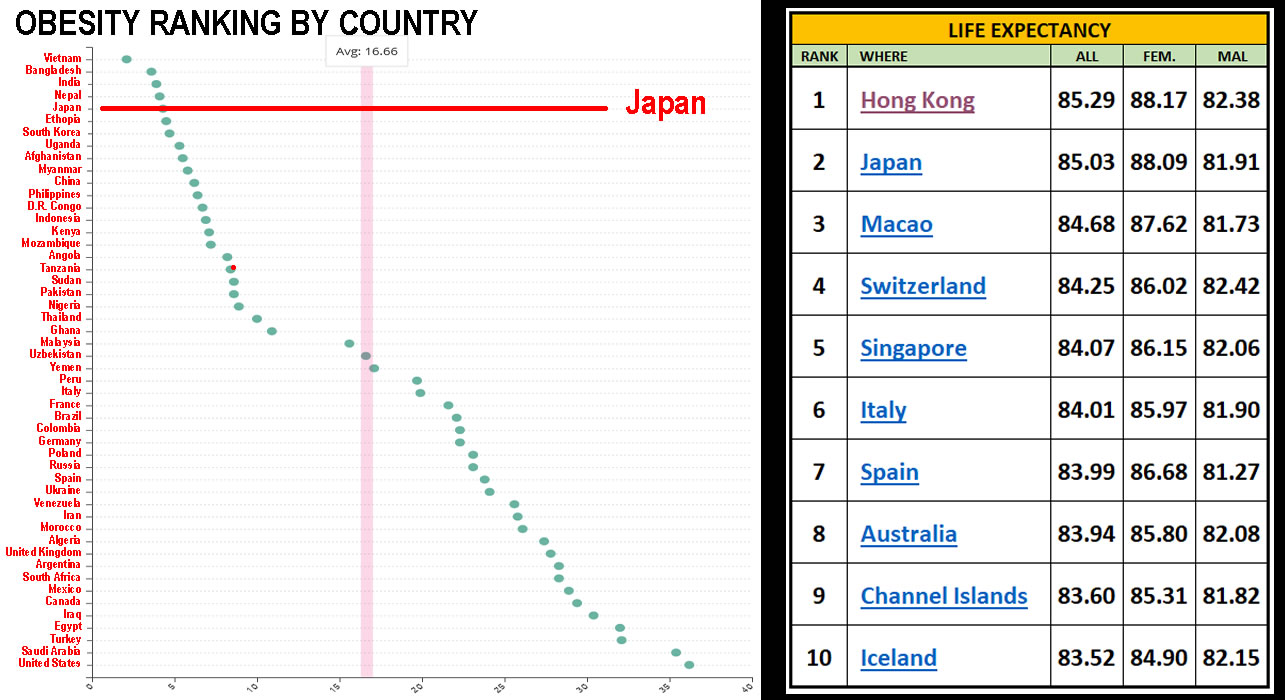 |
|
Akira Kurosawa (Japanese: 黒澤明, Hepburn: Kurosawa Akira, March 23, 1910 – September 6, 1998) was a Japanese film director, screenwriter, and producer who directed 30 films in a career spanning fifty-seven years. He is regarded as one of the most important and influential film-makers in the history of cinema. Kurosawa entered the Japanese film industry in 1936, following a brief stint as a painter. After years of working on numerous films as an assistant director and scriptwriter, he made his debut as a director during World War II with the popular action film Sanshiro Sugata (a.k.a. Judo Saga). After the war, the critically acclaimed Drunken Angel (1948), in which Kurosawa cast the then little-known actor Toshiro Mifune in a starring role, cemented the director's reputation as one of the most important young film-makers in Japan. The two men would go on to collaborate on another fifteen films. Rashomon, which premiered in Tokyo, became the surprise winner of the Golden Lion at the 1951 Venice Film Festival. The commercial and critical success of that film opened up Western film markets for the first time to the products of the Japanese film industry, which in turn led to international recognition for other Japanese film-makers. Kurosawa directed approximately one film per year throughout the 1950s and early 1960s, including a number of highly regarded (and often adapted) films, such as Ikiru (1952), Seven Samurai (1954) and Yojimbo (1961). After the 1960s he became much less prolific; even so, his later work—including his final two epics, Kagemusha (1980) and Ran (1985)—continued to receive great acclaim, though more often abroad than in Japan. In 1990, he accepted the Academy Award for Lifetime Achievement. Posthumously, he was named "Asian of the Century" in the "Arts, Literature, and Culture" category by AsianWeek magazine and CNN, cited there as being among the five people who most prominently contributed to the improvement of Asia in the 20th century. |
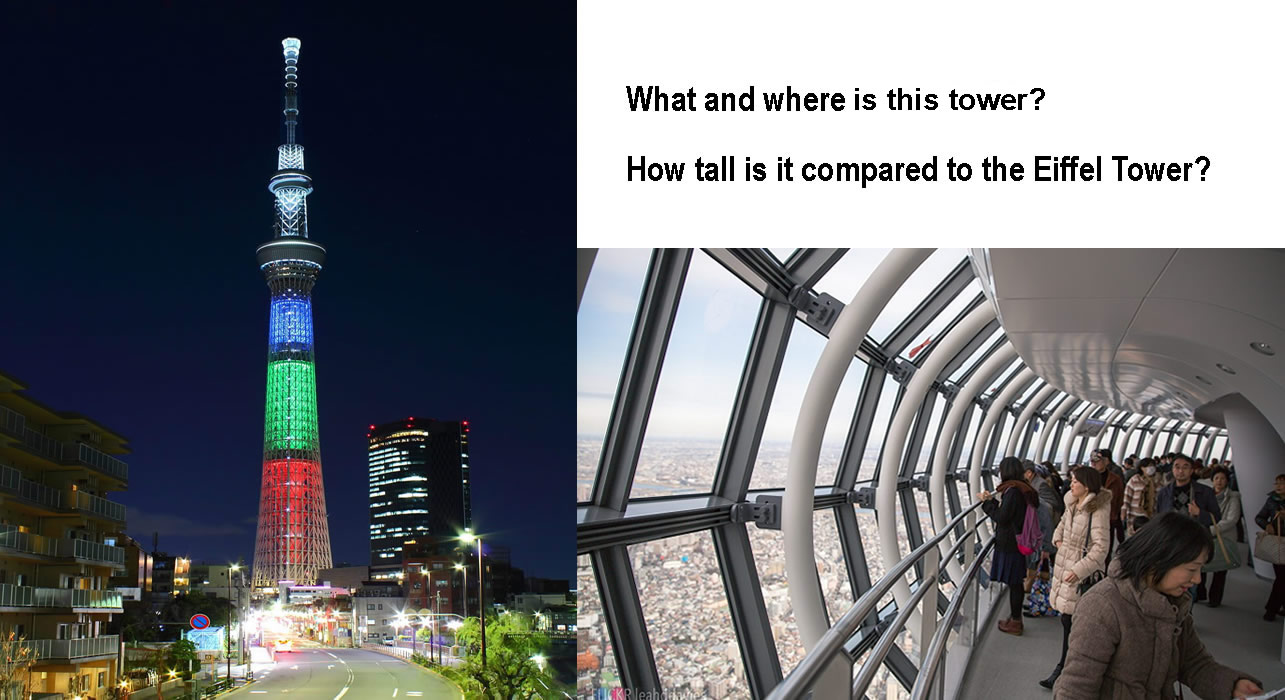 |

|
|
9:15 AM
on August 6, 1945 - (Hiroshima Wikipedia)
Even before the outbreak of war in 1939, a group of American scientists—many of them refugees from fascist regimes in Europe—became concerned with nuclear weapons research being conducted in Nazi Germany. In 1940, the U.S. government began funding its own atomic weapons development program, which came under the joint responsibility of the Office of Scientific Research and Development and the War Department after the U.S. entry into World War II. The U.S. Army Corps of Engineers was tasked with spearheading the construction of the vast facilities necessary for the top-secret program, codenamed “The Manhattan Project” (for the engineering corps’ Manhattan district). Over the next several years, the program’s scientists worked on producing the key materials for nuclear fission—uranium-235 and plutonium (Pu-239). They sent them to Los Alamos, New Mexico, where a team led by J. Robert Oppenheimer worked to turn these materials into a workable atomic bomb. Early on the morning of July 16, 1945, the Manhattan Project held its first successful test of an atomic device—a plutonium bomb—at the Trinity test site at Alamogordo, New Mexico. |
The Akashi Kaikyō Bridge (明石海峡大橋, Akashi Kaikyō Ōhashi) is a suspension bridge, which links the city of Kobe on the Japanese mainland of Honshu to Iwaya on Awaji Island. It crosses the busy Akashi Strait (Akashi Kaikyō in Japanese) as part of the Honshu–Shikoku Highway. It was completed in 1998, and has the longest central span of any suspension bridge in the world, at 1,991 metres. It is one of the key links of the Honshū–Shikoku Bridge Project, which created three routes across the Inland Sea. Before the Akashi Kaikyō Bridge was built, ferries carried passengers across the Akashi Strait in Japan. This dangerous waterway often experiences severe storms, and in 1955 two ferries sank in the strait during a storm, killing 168 people. The ensuing shock and public outrage convinced the Japanese government to develop plans for a bridge to cross the strait. The original plan called for a mixed railway-road bridge, but when construction on the bridge began in April 1988, the construction was restricted to road only, with six lanes. Actual construction did not begin until May 1988 and involved more than 100 contractors. The bridge was opened for traffic on April 5, 1998 in a ceremony officiated by the Crown Prince Naruhito and his spouse Crown Princess Masako of Japan along with Construction Minister Tsutomu Kawara. The bridge has three spans. The central span is 1,991 m (6,532 ft; 1.237 mi), and the two other sections are each 960 m (3,150 ft; 0.60 mi). The bridge is 3,911 m (12,831 ft; 2.430 mi) long overall. The two towers were originally 1,990 m (6,530 ft; 1.24 mi) apart, but the Great Hanshin earthquake on January 17, 1995, moved the towers so much (only the towers had been erected at the time) that the span had to be increased by 1 m (3.3 ft). The bridge was designed with a dual-hinged stiffening girder system, allowing the structure to withstand winds of 286 kilometres per hour (178 mph), earthquakes measuring up to magnitude 8.5, and harsh sea currents. The bridge also contains tuned mass dampers that are designed to operate at the resonance frequency of the bridge to dampen forces. The two main supporting towers rise 282.8 m (928 ft) above sea level, and the bridge can expand because of heat by up to 2m over the course of a day. Each anchorage required 350,000 tonnes (340,000 long tons; 390,000 short tons) of concrete. The steel cables have 300,000 kilometres (190,000 mi) of wire: each cable is 112 centimetres (44 in) in diameter and contains 36,830 strands of wire. The Akashi–Kaikyo bridge has a total of 1,737 illumination lights: 1,084 for the main cables, 116 for the main towers, 405 for the girders and 132 for the anchorages. Sets of three high-intensity discharge lamps in the colors red, green and blue are mounted on the main cables. The RGB color model and computer technology make for a variety of combinations. Twenty-eight patterns are used for occasions such as national or regional holidays, memorial days or festivities. The towers are located in an area of strong tidal currents where water velocity exceeds 7 knots (about 3.6 m/s). The selected scour protection measure includes the installation of a filtering layer with a thickness of 2 m in a range of 10 m around the caisson, covered with rip raps of 8 m thick. |
 |
It was 8.9 on the Richter Scale, the FIFTH-largest EVER recorded. There are approximately 5,000 minor earthquakes recorded in Japan per year, with more than half measured between 3.0 and 3.9. Thus, most go unnoticed by people. However, around 160 earthquakes with a magnitude of 5 or higher can shake the Japanese archipelago each year. The 2011 Tōhoku earthquake and tsunami (Japanese: 東北地方太平洋沖地震, Hepburn: Tōhoku-chihō Taiheiyō Oki Jishin) occurred at 14:46 JST (05:46 UTC) on 11 March. The magnitude 9.0–9.1 (Mw) undersea megathrust earthquake had an epicenter in the Pacific Ocean, 72 km (45 mi) east of the Oshika Peninsula of the Tōhoku region, and lasted approximately six minutes. It is sometimes known in Japan as the "Great disaster of East Japan earthquake" (東日本大震災, Higashi nihon daishinsai), among other names. It was the most powerful earthquake ever recorded in Japan, and the fourth most powerful earthquake in the world since modern record-keeping began in 1900. The earthquake triggered powerful tsunami waves that may have reached heights of up to 40.5 meters (133 ft) in Miyako in Tōhoku's Iwate Prefecture, and which, in the Sendai area, traveled at 700 km/h (435 mph) and up to 10 km (6 mi) inland. Residents of Sendai had only eight to ten minutes of warning, and more than a hundred evacuation sites were washed away. The snowfall which accompanied the tsunami and the freezing temperature hindered rescue works greatly, for instance, Ishinomaki, the city with most deaths, was 0°C (32°F) as the tsunami hit. The official figures released in 2021 reported 19,747 deaths, 6,242 injured, and 2,556 people missing, and a report from 2015 indicated 228,863 people were still living away from their home in either temporary housing or due to permanent relocation. The tsunami caused Fukushima Daiichi nuclear disaster, primarily the level 7 meltdowns of three of its reactors, the discharge of radioactive water in Fukushima and the associated evacuation zones affecting hundreds of thousands of residents. Many electrical generators ran out of fuel. The loss of electrical power halted cooling systems, causing heat to build up. The heat build-up caused the generation of hydrogen gas. Without ventilation, gas accumulated within the reactor containment structures and eventually exploded. Residents within a 20 km radius of the Fukushima Daiichi Nuclear Power Plant and a 10 km radius of the Fukushima Daini Nuclear Power Plant were evacuated. Early estimates placed insured losses from the earthquake alone at US$14.5 to $34.6 billion. The Bank of Japan offered ¥15 trillion (US$183 billion) to the banking system on 14 March in an effort to normalize market conditions. The World Bank's estimated economic cost was US$235 billion, making it the costliest natural disaster in history. According to a 2020 study, "the earthquake and its aftermaths resulted in a 0.47 percentage point decline in Japan’s real GDP growth in the year following the disaster." |
"Sushi" does NOT mean "raw fish". What exactly is WRONG with that definition? |
What's missing from the "raw fish" definition is RICE.
Sushi is traditionally made with medium-grain white rice, though it can be prepared with brown rice or short-grain rice. It is very often prepared with seafood, such as squid, eel, yellowtail, salmon, tuna or imitation crab meat. Many types of sushi are vegetarian. It is often served with pickled ginger (gari), wasabi, and soy sauce. Daikon radish or pickled daikon (takuan) are popular garnishes for the dish. Sushi is sometimes confused with sashimi, a related dish in Japanese cuisine that consists of thinly sliced raw fish or occasionally meat |
 |
The first Europeans arrived in Japan. They did so by accident rather than design. In 1543 a Portuguese ship was blown off course by a typhoon, shipwrecking the sailors on the island of Tanegashima, off the south-west tip of Japan. Eager to trade with Japan, the Portuguese soon established more formal traffic through the port of Nagasaki. The state of civil war in Japan was highly beneficial to the Portuguese, as several competing lords sought to attract the Portuguese "black ship" and its trade to their domains. Initially the Portuguese called either at Firando (Hirado) belonging to Matsura Takanobu, or Bungo belonging to Ōtomo Sōrin, but in 1562 shifted to Yokoseura when its lord, Omura Sumitada, offered to be the first lord to convert to Christianity, adopting the name Dom Bartolomeu. In 1564 he faced a rebellion instigated by Buddhist priests and Yokoseura was razed to the ground. In 1571 Dom Bartolomeu, or Omura Sumitada, granted some land in the small fishing village of Nagasaki to the Jesuits, that was divided into six neighbourhoods, to receive exiled Christians from other territories and the Portuguese traders. The Jesuits constructed a chapel and a college under the name of St. Paul, like those of Goa and Malacca. By 1579 Nagasaki had 400 homes, with a few Portuguese casados (married men). For the Japanese, any initial feelings of alarm caused by the appearance of the nanban-jin, or 'southern barbarians', as the Portuguese were called, was soon overshadowed by the exotic appeal of these curious visitors. The fascination aroused by the arrival of Europeans is revealed in many aspects of late 16th- and early 17th-century Japanese visual culture, most dramatically in screens that depict the arrival of a Portuguese vessel into a Japanese port. In an example from our collection, the artist has emphasised the strange physical features and seemingly outlandish dress of the Europeans, who are shown with long noses and balloon-like trousers. LINKS: A) The Portuguese arrival in Nagasaki B) CJS' PHOTOS of Glover Garden |
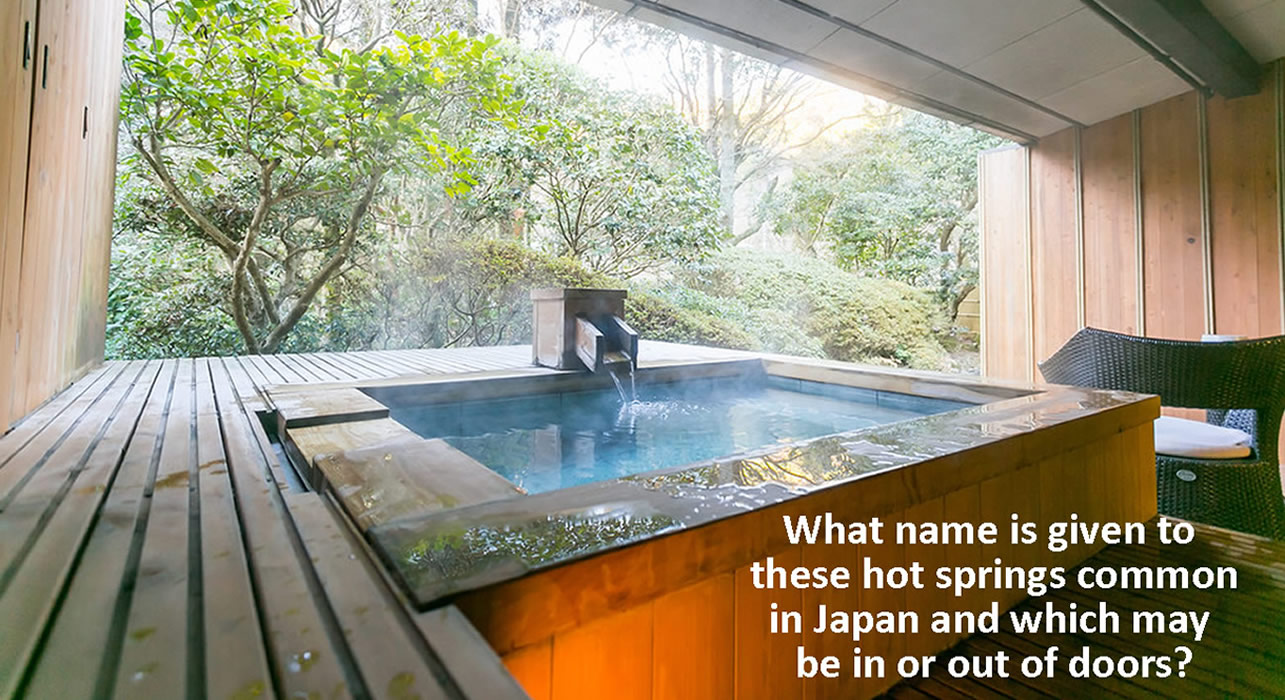
|
 |
There are no longer wolves in Japan, although there have been some efforts to begin to reintroduce them. The Japanese wolf and Hokkaido wolf were driven to extinction by the early 20th century. The Japanese black bear (Ursus thibetanus japonicus) is a subspecies of the Asian black bear that lives on three main islands of Japan: Honshu, Shikoku and Kyushu. There are said to be 10,000 black bears in Japan. The population of black bears on Shikoku and Kyushu may be endangered or extinct. There is a high price on bear parts in the black market, which threatens all bear populations in Japan. This particular species of bear are typically smaller with males only reaching 60–120 kilograms (130–260 lb) and females only weighing about 40–100 kilograms (88–220 lb). Their body length is about 120–140 centimetres (47–55 in) long. |
|
|
||||||||||||||

|

|
Two Questions for the Price of One
2) If you saw a bunch of teenage girls on their way to school what might surprise you about them? |
|
 |